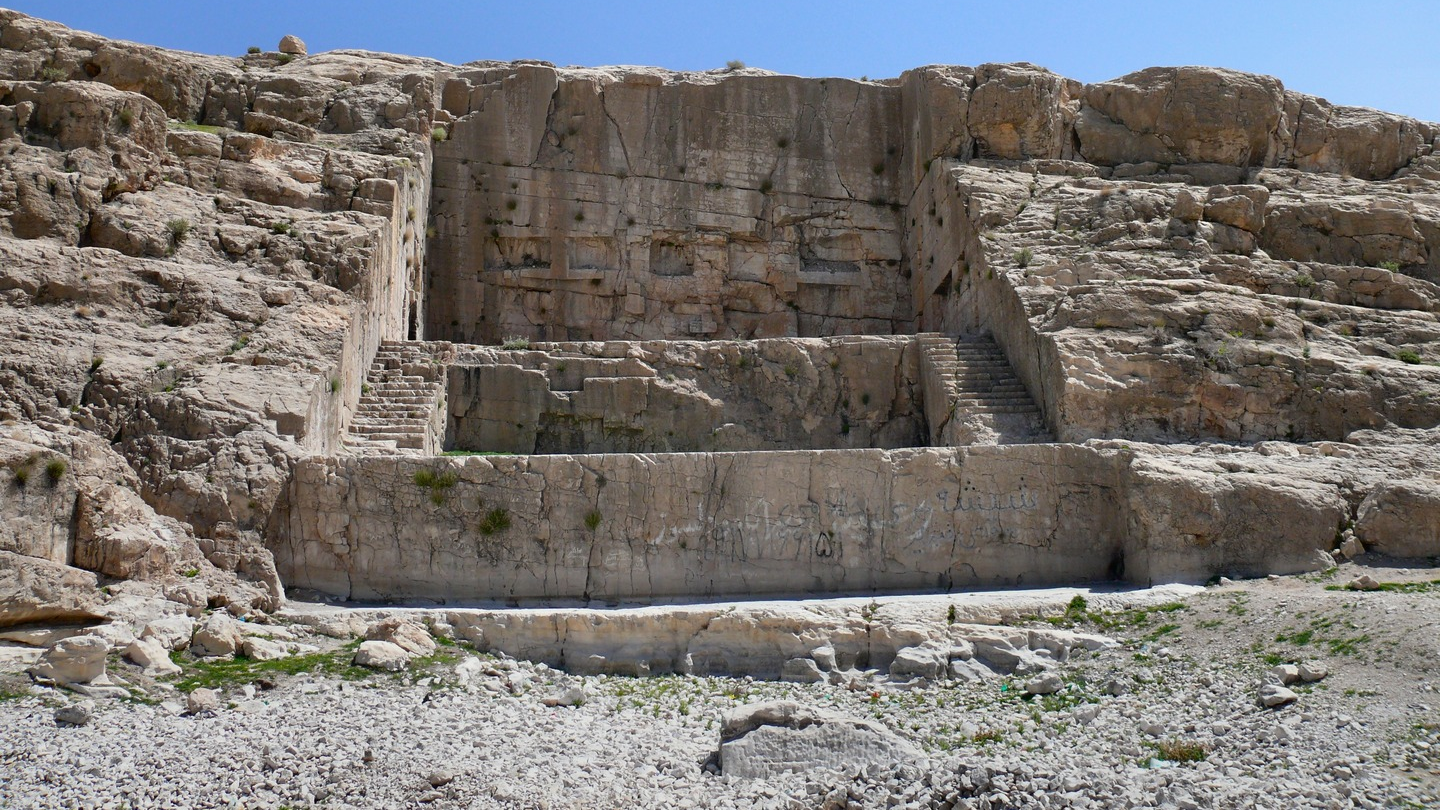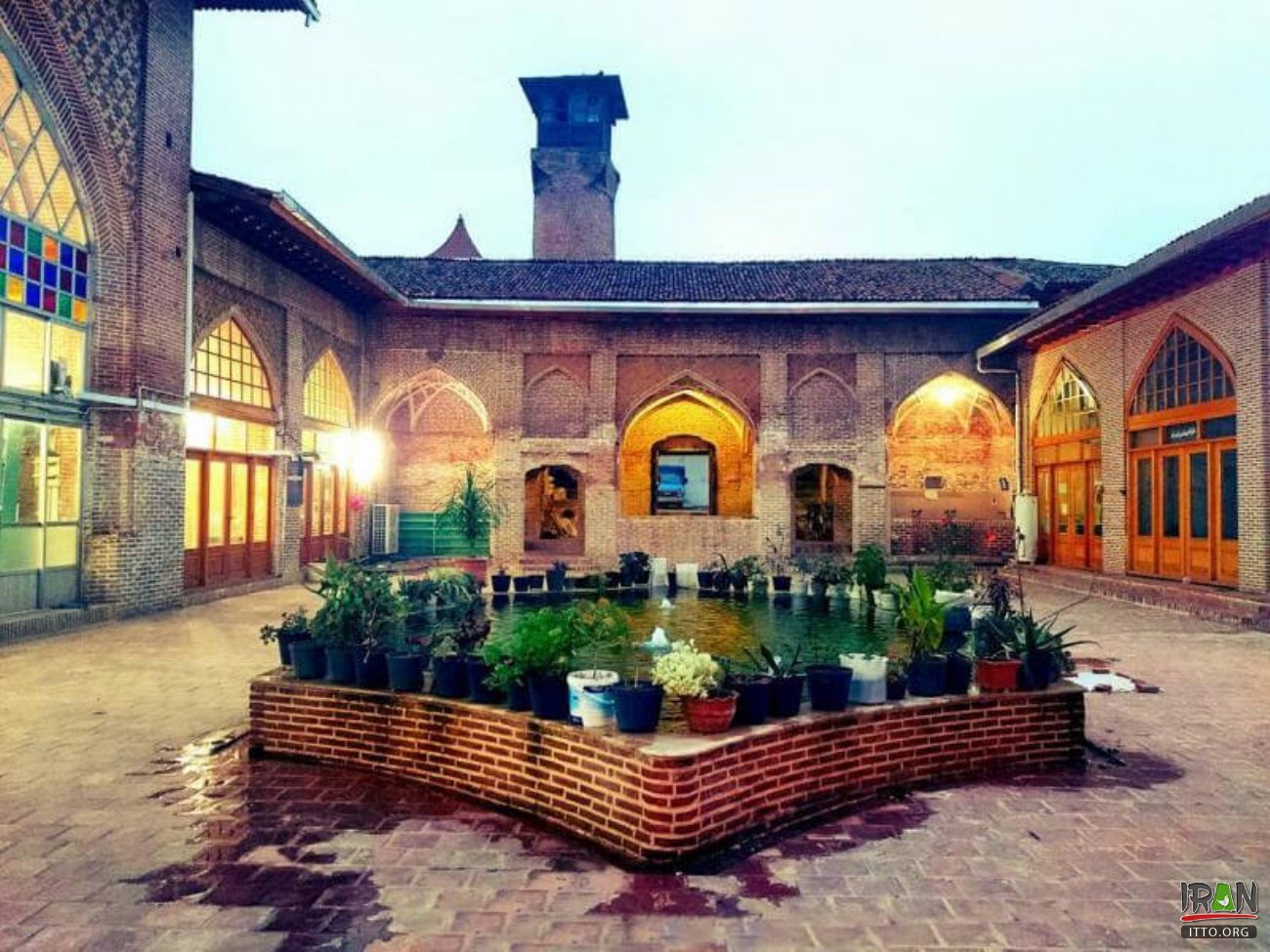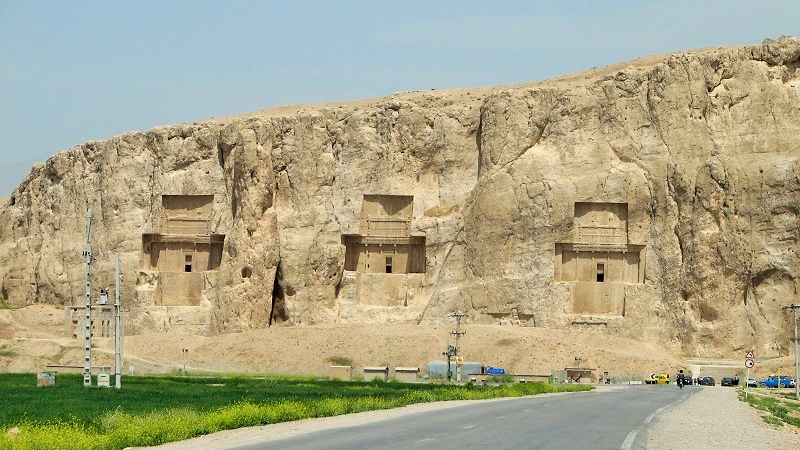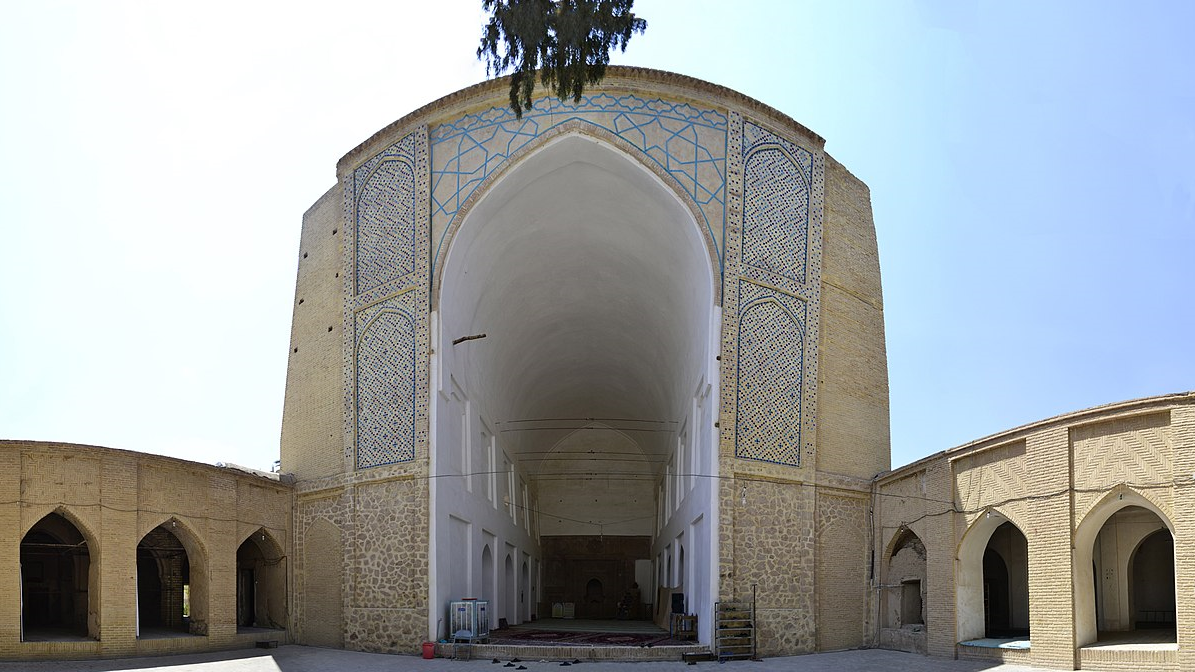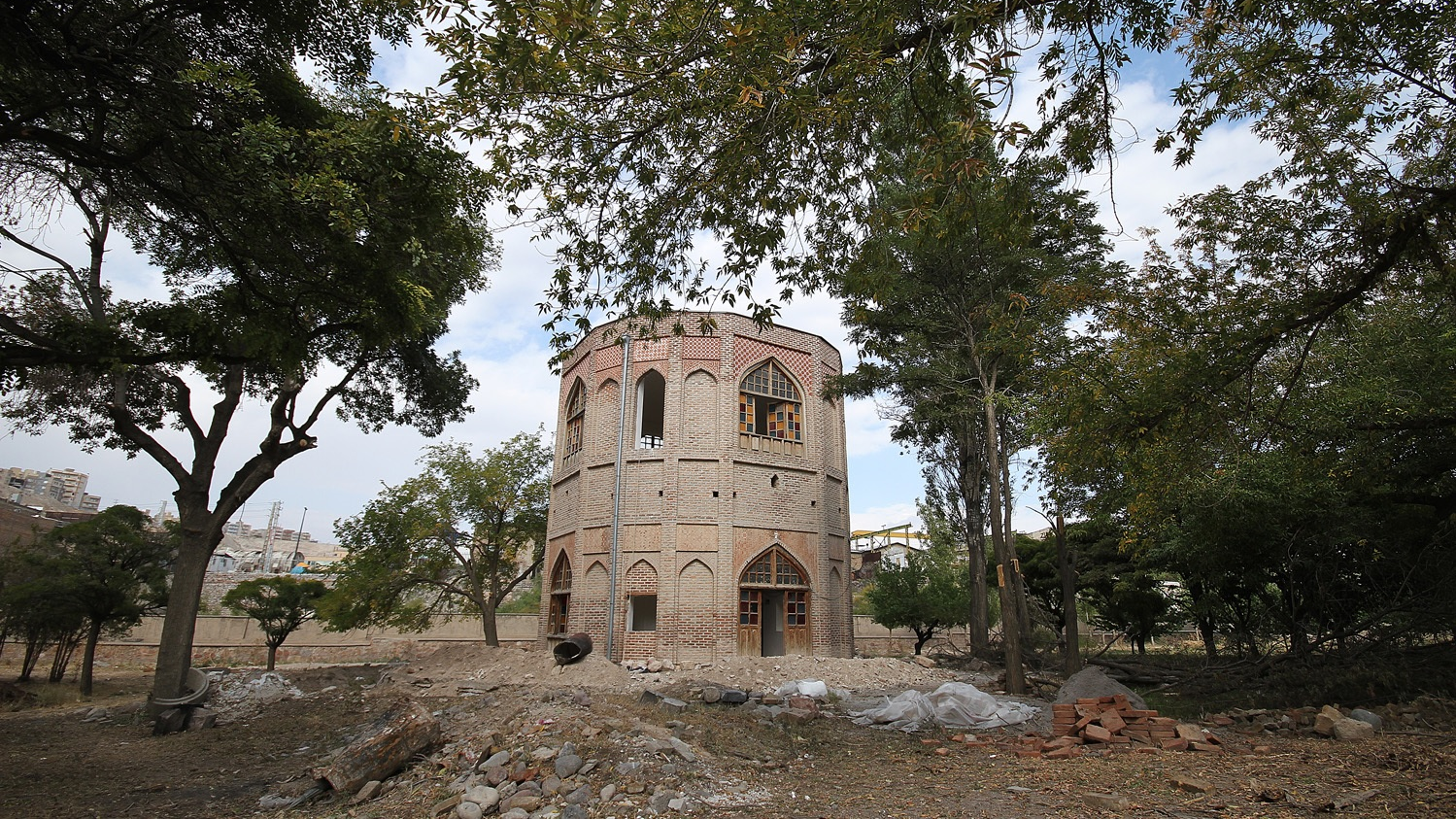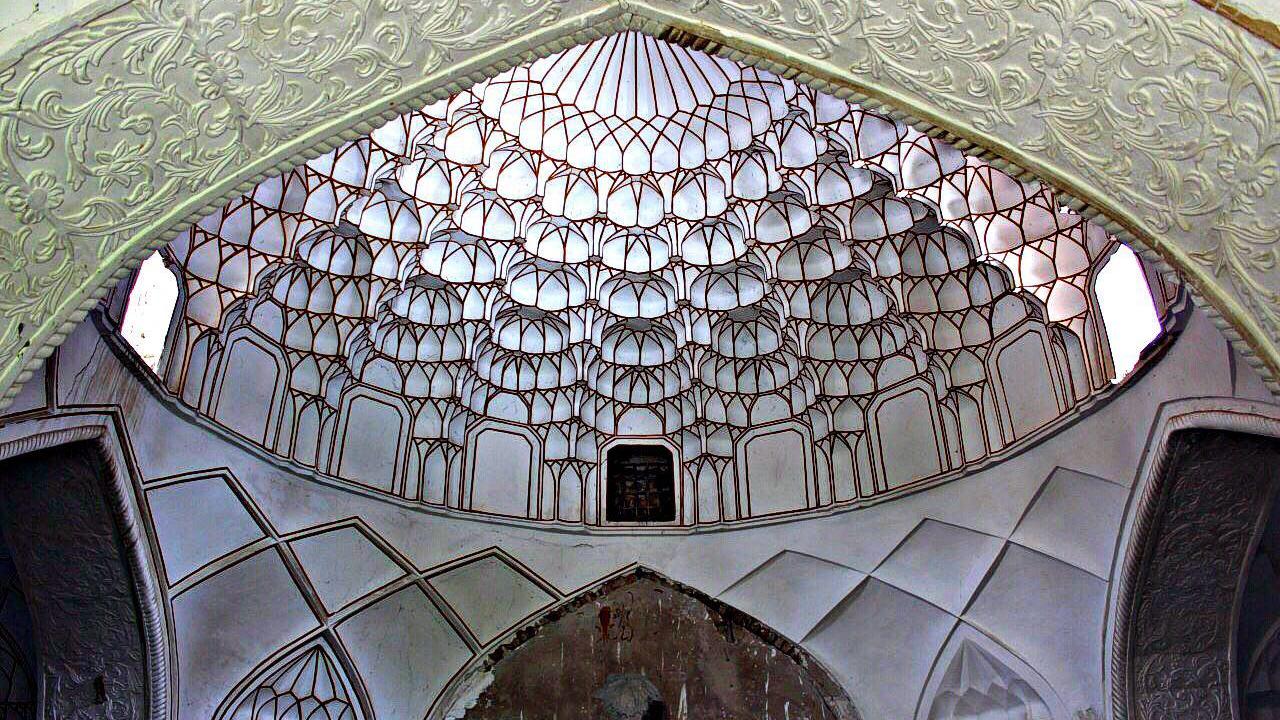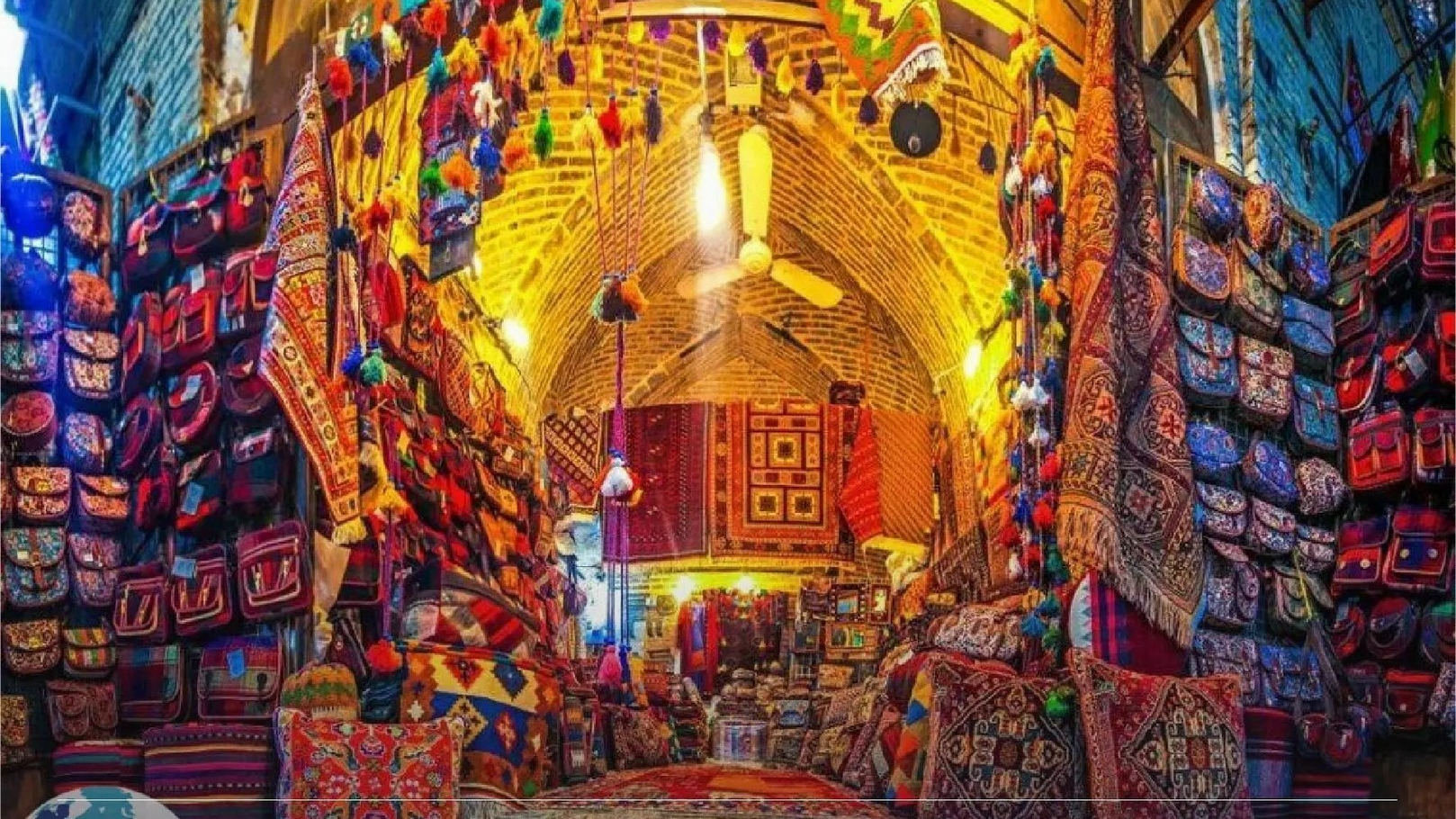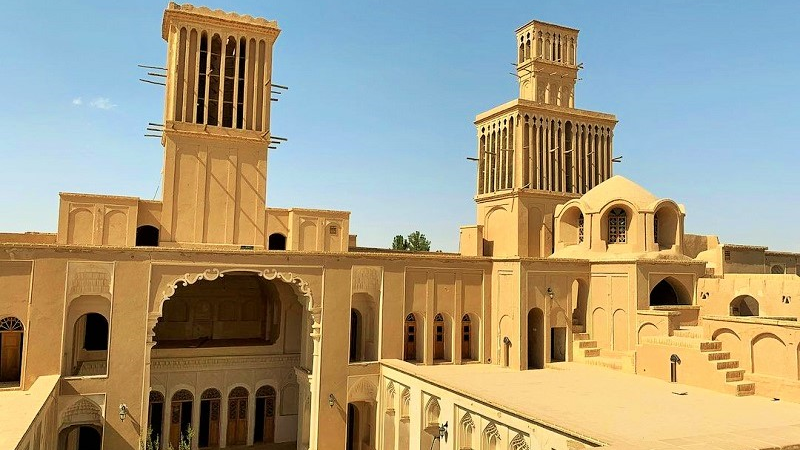
Dar ul-Fonun School: An Enduring Legacy of One of Iran’s Greatest Statesmen
tepping onto the path of growth and progress, above all, depends on the education and cultivation of skilled individuals. This may seem self-evident to us today, but until just one or two centuries ago, realizing this truth required exceptional wisdom and a broad outlook. Naturally, in every land, there have been such visionaries whose enlightened and progressive perspectives paved the way for training experts and fostering their nations’ advancement—so much so that many peoples today owe their progress to the foresight and open-mindedness of these pioneers. If you ask the people of Iran about such figures, the name “Amir Kabir” will undoubtedly be mentioned repeatedly. Among his enduring legacies is the Dar ul-Fonun School, which today stands as a symbol of education.
Who was Amir Kabir?
Mirza Taqi Khan, known by the title Amir Kabir, was the first prime minister of Naser al-Din Shah Qajar. Naser al-Din Shah ascended the throne in 1848 and ruled Iran until 1896. Although Amir Kabir held the position of prime minister for only about three years, he succeeded in bringing order to the country through wide-ranging reforms and transformations in education, foreign policy, and the military. These actions provoked the anger of foreign powers and certain domestic factions, who conspired against him. Eventually, Naser al-Din Shah, influenced by these intrigues, dismissed Amir Kabir and sent him into exile in Kashan. Only about two months after his dismissal, the Shah issued an order for his execution. Later, Naser al-Din Shah expressed remorse for his decision, but it was too late—the tragic fate of Amir Kabir had deprived Iran of one of the greatest statesmen in its history.
Dar ul-Fonun: Amir Kabir’s Remarkable Legacy
Amir Kabir’s reformist efforts during his tenure as prime minister were pursued on multiple fronts — one of the most important being education and the training of specialists in modern sciences. The establishment of Dar ul-Fonun School, as a higher institution for teaching new sciences and techniques, was his most prominent achievement in this field. Such was the significance of this school to Amir Kabir that he chose a site near the royal palaces for its construction. Mirza Reza Khan, known as Mohandesbashi, who had been sent to London a few years earlier to study engineering, was tasked with designing the building. He drew up the plans inspired by the Woolwich Military Academy in England and entrusted the construction to Mohammad Taqi, known as Mo’ammarbashi. After the school’s completion, professors from Austria were invited to teach there. In a dramatic twist, the school was inaugurated while Amir Kabir was in exile, with only thirteen days left in his life. The official opening took place on December 27, 1851 (6th of Dey, 1230 in the Iranian calendar). In its first academic term, thirty students enrolled at Dar ul-Fonun, marking the beginning of modern education in Iran.
Amir Kabir: Founder of Dar ul-Fonun and One of Iran’s Greatest Statesmen
The construction of the school continued until 1852 (1231 in the Solar Hijri calendar). Later, in 1886 (1265 Solar Hijri), a theater hall was added, and several modifications were made to the building. The original structure featured 50 square rooms built along the four sides of a central courtyard. The complex also included facilities such as laboratories for physics, chemistry, and pharmacy, as well as a printing press, library, and dining hall. After eighty years of operation, in 1929 (1308 Solar Hijri), the old building was demolished to make way for a new structure designed by a Russian engineer. The new two-story building featured spiral staircases on each side, with 24 classrooms on the ground floor and 8 classrooms on the upper level. On the southern side of the building, dining halls and a theater were constructed, continuing the legacy of Dar ul-Fonun as a cornerstone of modern education in Iran.
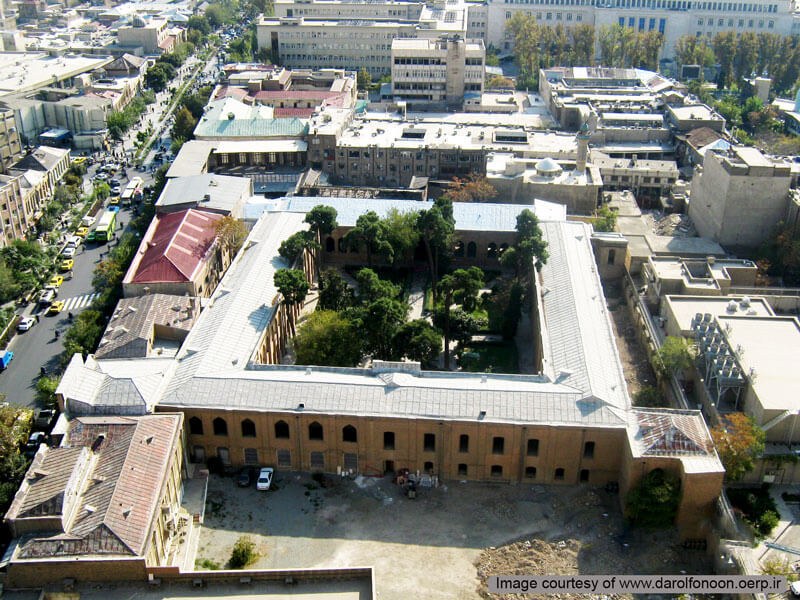
Aerial view of the Dar ul-Fonun School
Dar ul-Fonun and Its Lasting Influence
This school can be described as the first modern university in Iran. During its years of activity, Dar ul-Fonun offered education in fields such as engineering, military sciences, foreign languages (French), natural sciences, mathematics, history, and geography. Later on, courses in English and Russian languages, music, and painting were also added to the curriculum. At first, only the sons of the aristocracy were admitted, and their enrollment required the Shah’s approval. However, in later years, students from broader social backgrounds were able to study at Dar ul-Fonun. One of the school’s most significant influences on Iran’s later political and social developments was the active role its graduates played in the Constitutional Revolution of 1906. Today, Dar ul-Fonun School still stands on Naser Khosrow Street, one of the central streets of Tehran, as a symbol of the dawn of modern education in Iran.
National Registration of Dar ul-Fonun School
This valuable historical building was registered on Iran’s National Heritage List in 1996 (1375 Solar Hijri).
| Name | Dar ul-Fonun School: An Enduring Legacy of One of Iran’s Greatest Statesmen |
| Country | Iran |
| State | Tehran |
| City | Tehran |
| Type | Historical |
| Registration | National |
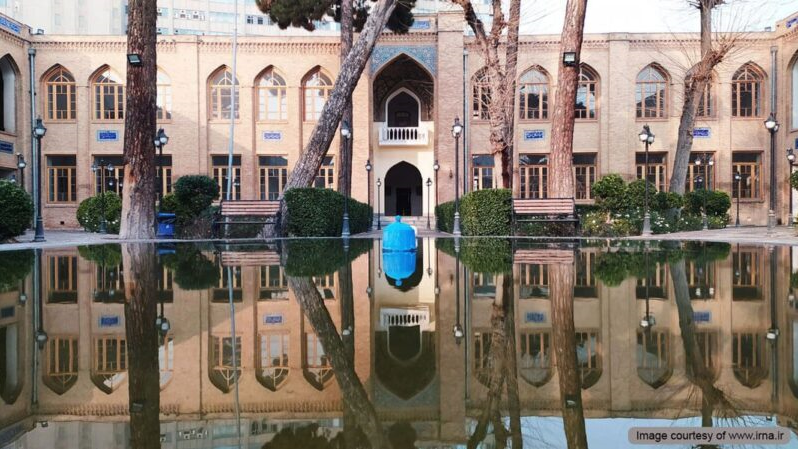
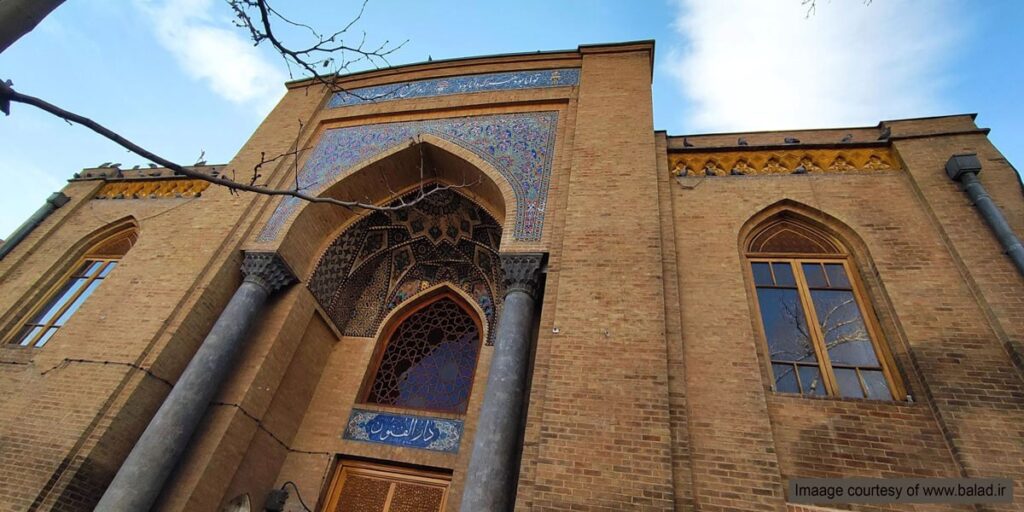
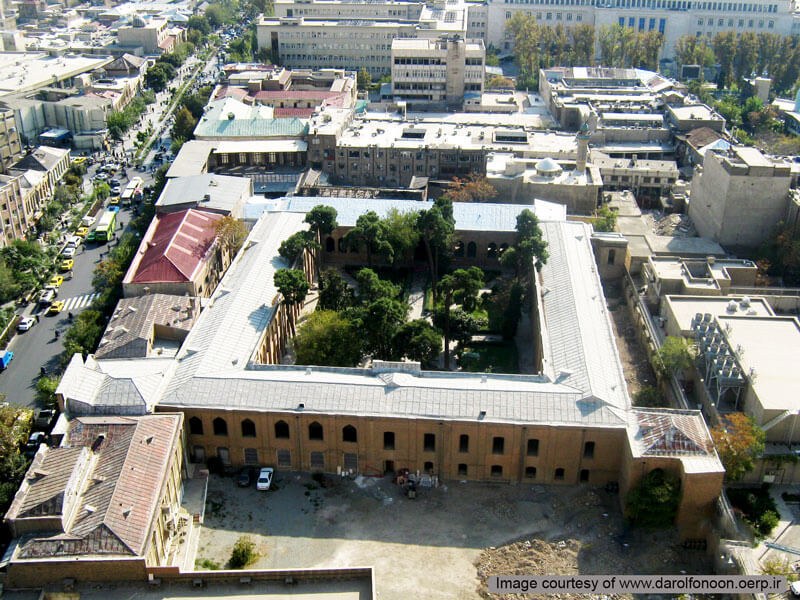
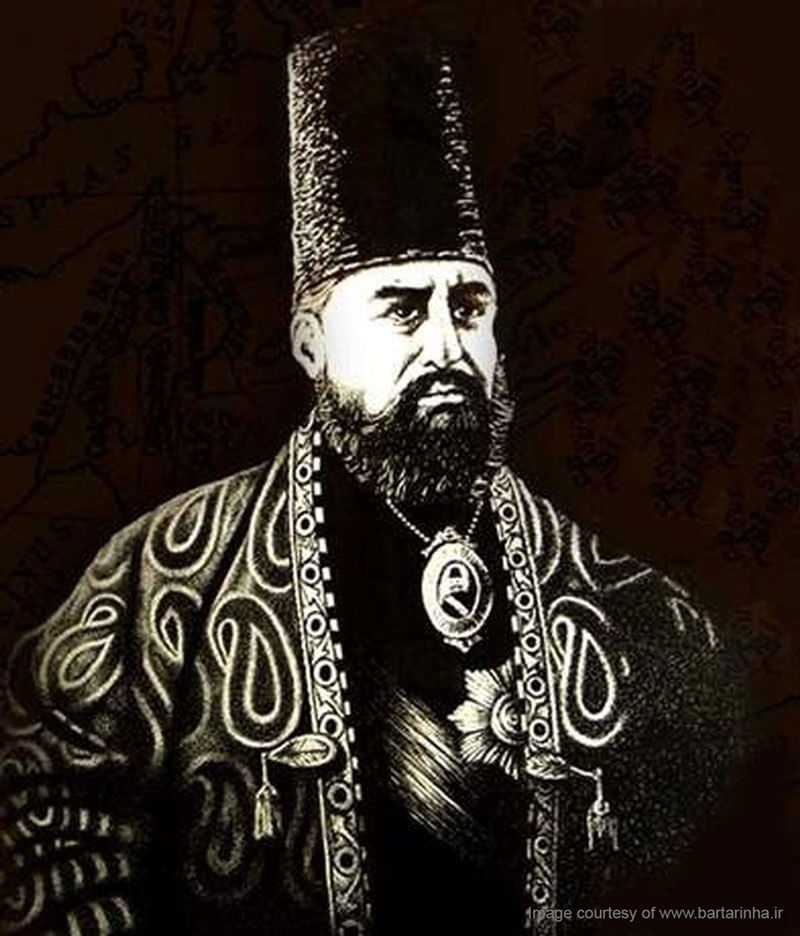




Choose blindless
Red blindless Green blindless Blue blindless Red hard to see Green hard to see Blue hard to see Monochrome Special MonochromeFont size change:
Change word spacing:
Change line height:
Change mouse type:
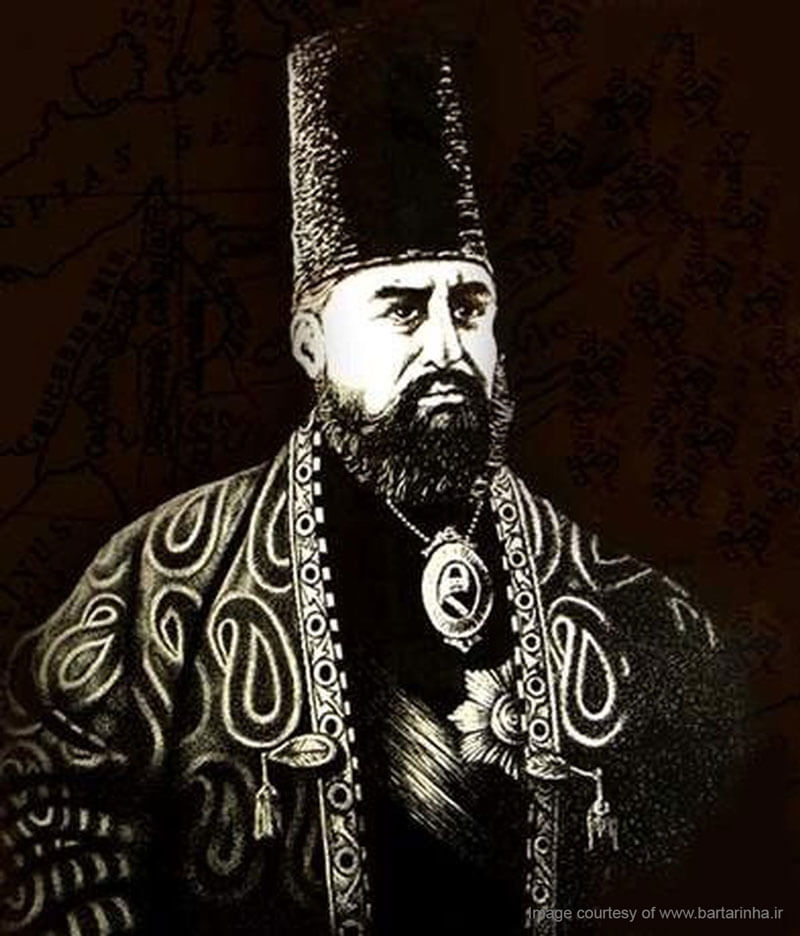
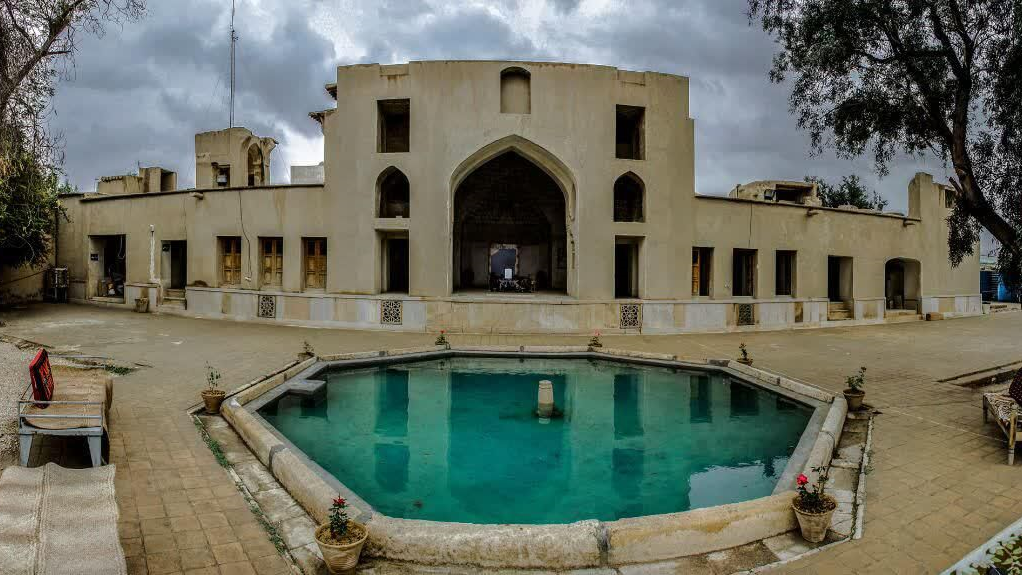
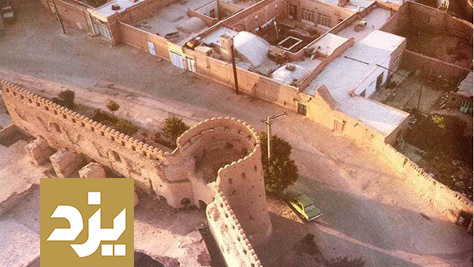
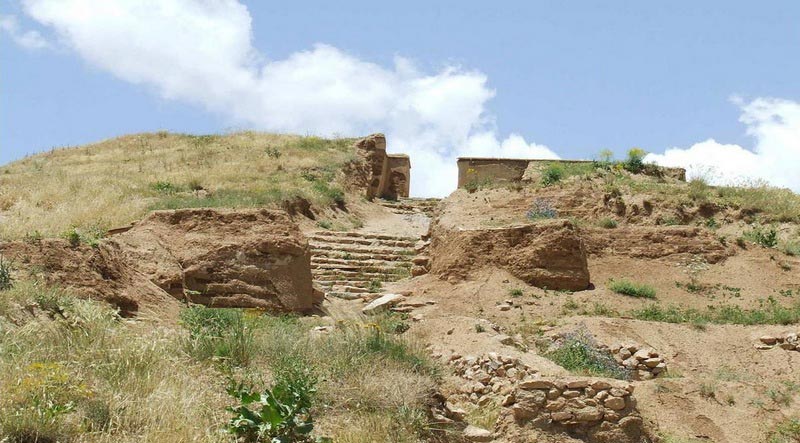
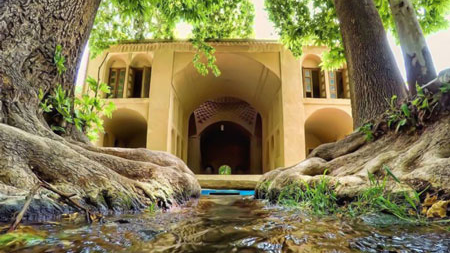
-k- main.jpg)
